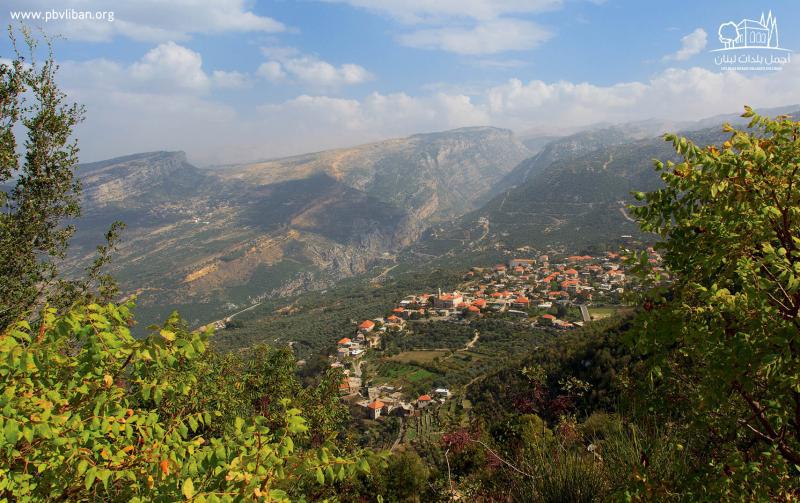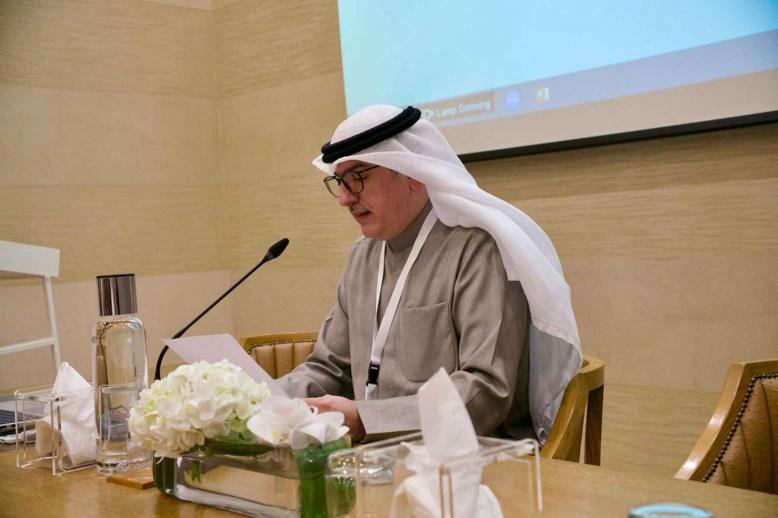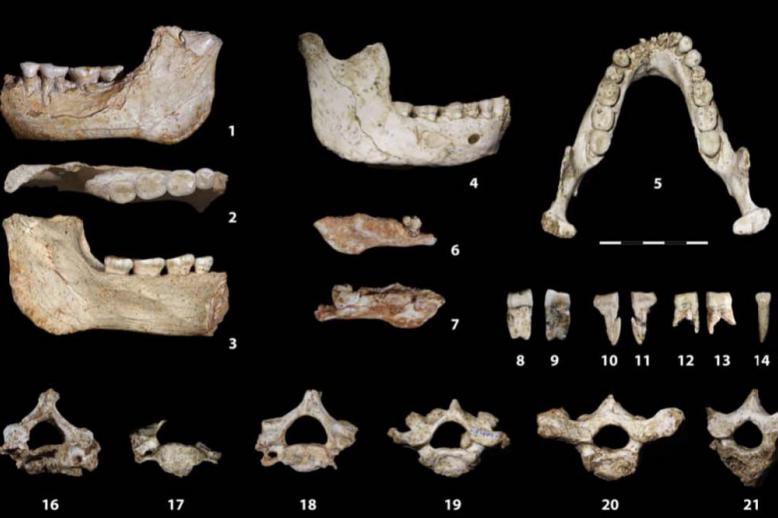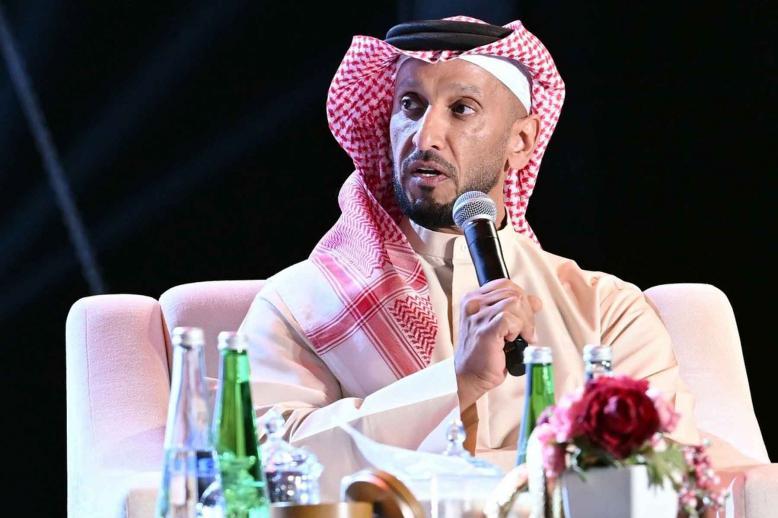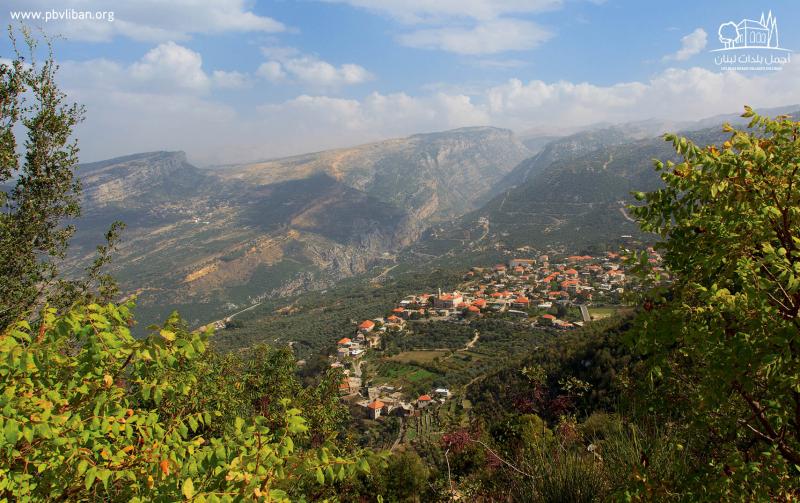Volunteers work to save rural heritage of Lebanon’s ‘most beautiful villages’
BEIRUT - Alarmed by rampant urbanisation, which is defacing many of Lebanon’s villages, the founders of “Les plus Beaux Villages du Liban” (pbvliban) — the Most Beautiful Villages of Lebanon — are helping preserve what is left of the country’s rural heritage and its millennia-old culture.
The initiative, part of the global “Most Beautiful Villages of the World,” works to safeguard the traditions that have shaped villages of Lebanon’s mountains and coast and promoting sustainable tourism, said Maguy Khoubbieh, pbvliban president and co-founder.
“Today, more than ever, there is a need for such an initiative to recognise the value of Lebanese villages and preserve their exceptional heritage,” Khoubbieh said. “These villages are threatened by an extensive urbanisation and the lack of protection laws and poor collective development initiatives and they might lose their uniqueness.”
“There is somehow a systematic destruction of the built heritage, notably the old traditional Lebanese houses. Also, quarries are popping up here and there and there is no law to protect all that.”
Inspired by Les Plus Beaux Villages de France, Khoubbieh, her husband Albert Kostanian and a friend Joy Homsi joined the global network, which includes Spain, Italy, Quebec, Wallonia and Japan.
To qualify as “most beautiful” a village must meet criteria covering architectural, historic, environmental and cultural heritage.
“Every country adopts its own criteria. We cannot be as strict as in France, where they have laws to protect heritage though we are quite firm in Lebanese standard,” Khoubbieh said. Once a village earns the label, it must maintain its qualification or the honour would be withdrawn.
“It is a continuous process and follow-up work. Every two-three years the villages are re-evaluated to check if they still deserved the label or if they are eligible for upgrading,” she said.
Pbvliban has granted the label to 63 villages across Lebanon. Khoubbieh and her “colleagues” spent two years on the road assessing the different villages before drawing the list of those that qualified.
“We checked the number of traditional red-tiled stone houses, the proportionality and homogeneity between old and new buildings, the existence of landmark or exceptional buildings like ancient churches or palaces, the green areas, the cultural activities in the village, accommodation facilities, cleanliness et cetera.”
Response from municipalities to the initiative was “great,” Khoubbieh said.
“This label will encourage municipalities and residents to preserve their environment, will serve as a rampart against the destruction of villages and will materialise their commitment to their unique heritage,” she said.
The qualified villages are highlighted through signs bearing the label’s logo and are placed on the map of pbvliban’s website with information on their history, attractions and activities.
Charbel Ghosn, mayor of Dlebta, a labelled village in the Kesrouan area of Mount Lebanon, said he hopes the qualification would attract more visitors to the village.
“We are proud to have this label, which has a big moral value,” he said. “Our advantage is that we are close to big cities like Beirut and Jounieh and still preserved the character of the village.”
Strict construction rules are applied, Ghosn said. No more than 2- or 3-storey buildings are allowed and 80% of the house structure should be in stone and covered with red-tiled roofs.
“The challenge is to keep the label by having development geared towards maintaining the character of the village. We are preserving our greenery and trying to maintain a healthy environment for our society,” he said.
Historical Hardine in northern Lebanon “deserves” the highest-graded label bearing three oaks, which it was awarded, said village Mayor Ramza Assaf. “God has granted us a beautiful nature and we are set on preserving it and keeping the village authentic and virgin.”
Founded in 1250BC, Hardine boasts archaeological sites, including a Roman temple that was damaged in an earthquake and 30 monasteries and caves that served as refuges for early Christians.
“The government has been negligent in preserving Hardine. A village like this can be easily turned into an open-air museum,” Assaf said, adding: “We really deserve the label.”
Pbvliban’s volunteers, including architects, artists, landscapers and tourism experts, are committed to help municipalities appreciate and highlight their local heritage.
The self-funded initiative, however, cannot continue without financial support, Khoubbieh said. “We definitely need sponsors. That is why we are seeking enterprises and individuals who want to associate their name to the preservation of our national heritage.”
“I always tell people around me why you need to travel abroad when you can easily travel in your own country which has beauty, history and culture,” she added.



Samar Kadi is the Arab Weekly society and travel section editor.
This article was originally published in The Arab Weekly.


